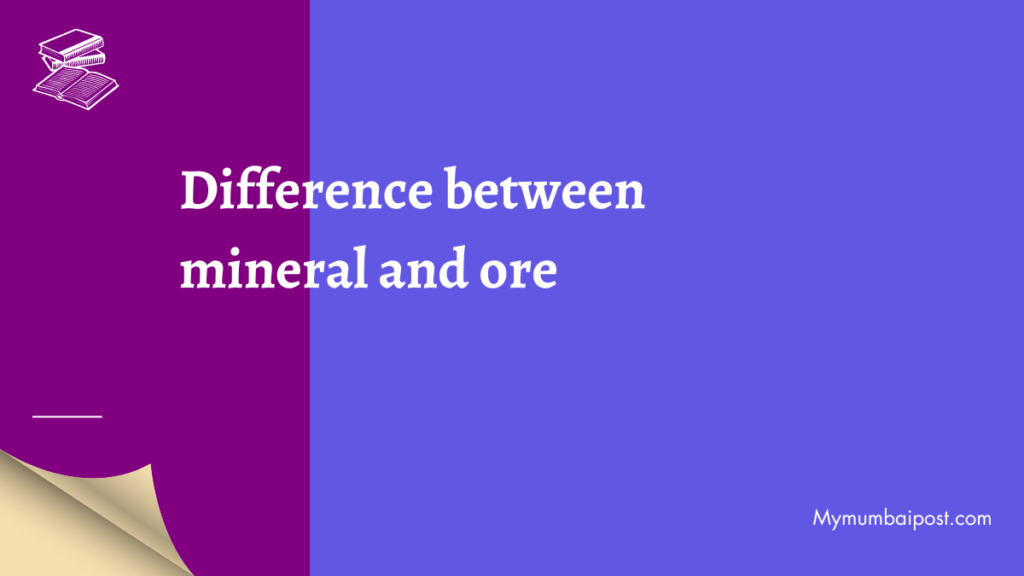
Discover the 10 key Difference between order and molecularity
As we delve into the fascinating world of chemical reactions, we encounter two crucial terms – order and molecularity. While these terms may seem interchangeable, they hold distinct meanings that are fundamental to understanding reaction rates. Let’s explore 10 Key difference between order and molecularity and how they shape the dynamics of chemical kinetics.
Difference between order and molecularity
Order and molecularity are both terms used in chemical kinetics to describe the rate of a chemical reaction, but they have different meanings.
The order of a reaction refers to the number of reactant molecules involved in the rate-determining step of the reaction. It is determined experimentally by measuring the rate of the reaction as the concentration of one of the reactants is varied while holding the others constant. The order of the reaction with respect to that reactant is equal to the exponent in the rate law equation for the reaction.
Molecularity, on the other hand, is a term used to describe the number of molecules that participate in a elementary reaction. An elementary reaction is a single step in a reaction mechanism that cannot be broken down into simpler steps. The molecularity of an elementary reaction is equal to the number of reactant molecules involved in that step.
Also Read: Learn about 10 Difference between N type and P type semiconductor
So while order describes the overall rate of a reaction based on the concentration of reactants, molecularity describes the number of reactant molecules that participate in a single step of the reaction mechanism.
It is important to note that the order of a reaction can be different from its molecularity. For example, a reaction that involves two reactant molecules in an elementary step could have an overall order of one if the rate law only depends on the concentration of one of the reactants. Conversely, a reaction that involves three reactant molecules in an elementary step could have an overall order of two if the rate law depends on the concentrations of two of the reactants.
In summary, order and molecularity are both important concepts in chemical kinetics, but they describe different aspects of a reaction. Understanding the difference between these terms is essential for understanding the rate of chemical reactions and for predicting how changes in reactant concentrations or reaction conditions will affect reaction rates.
You can watch the video for better understanding: